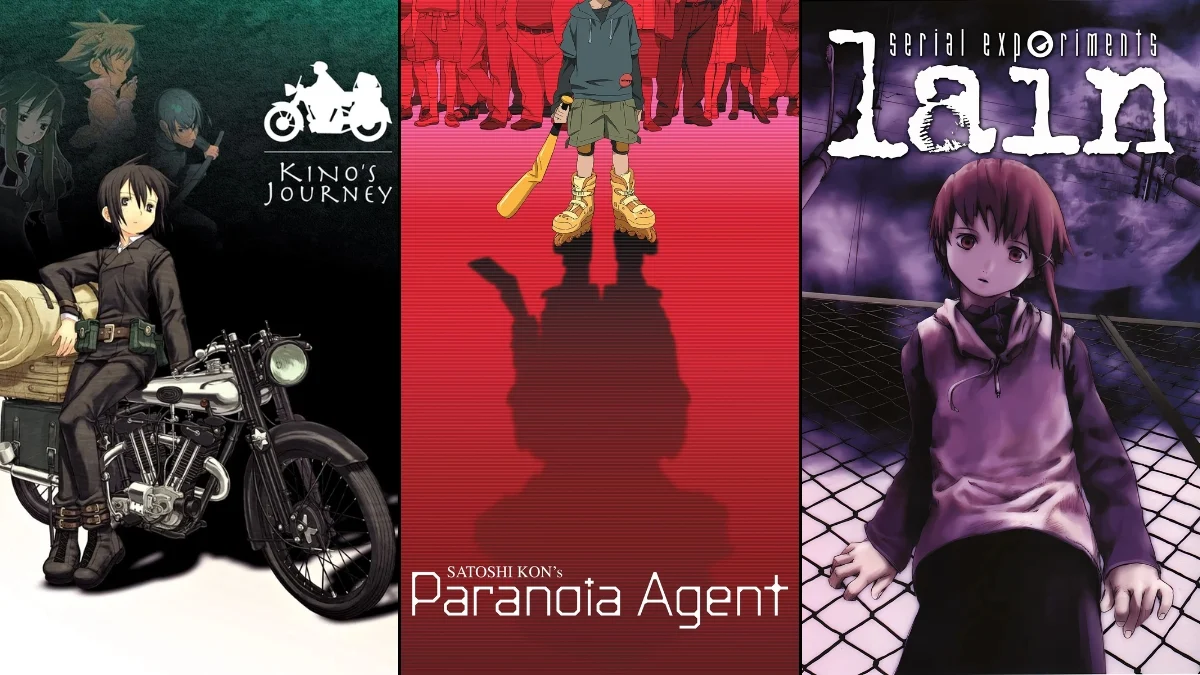
For decades, anime has been creatively experimenting with storytelling techniques – think timelines that repeat, narrators you can’t trust, fake documentaries, and mixes of different genres. This collection highlights specific episodes that are particularly memorable for how they tell their stories. We’ll look at things like episodes stuck in time loops, shows with two different voice casts, stories told like mosaics, and mockumentaries. For each example, we’ll identify the anime, the episode, what makes its structure unique, and relevant details like when and by whom it was created.
‘Neon Genesis Evangelion’ (1995–1996) – ‘The Ending Inside the Mind’ (Episodes 25–26)
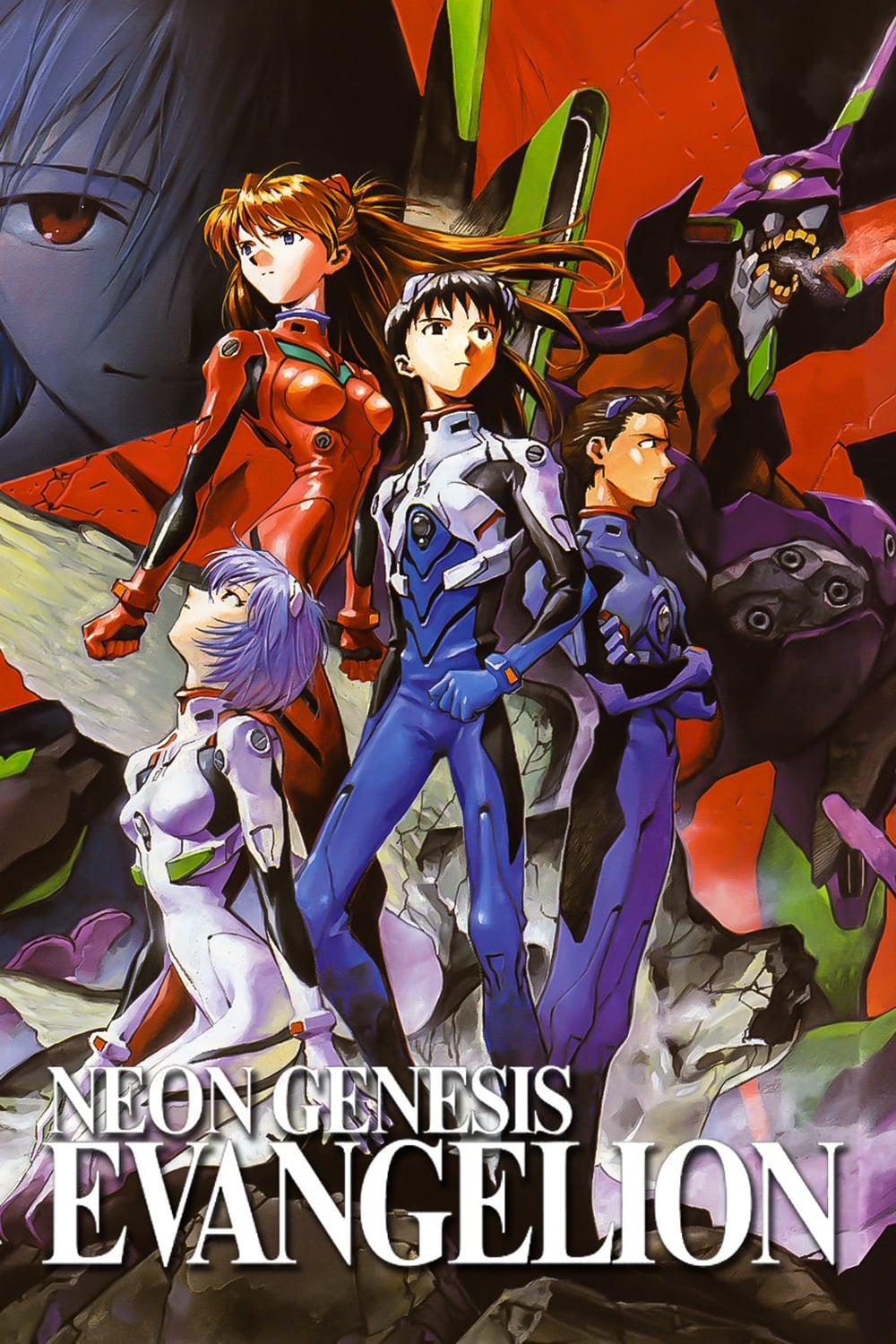
The last two episodes shift the focus inward, turning the story into a psychological exploration. Traditional action is replaced with internal thoughts expressed through monologues, static images, storyboards, and abstract title cards. Conversations feel like therapy sessions, with characters questioning each other’s reasons and identities using text on screen and simple animations. The show even uses behind-the-scenes materials like early sketches and repeated animation frames to show how things are driven forward. This style is very different from the movie ending, which focuses on external events instead of this deep, internal look.
‘Paranoia Agent’ (2004) – ‘Mellow Maromi’
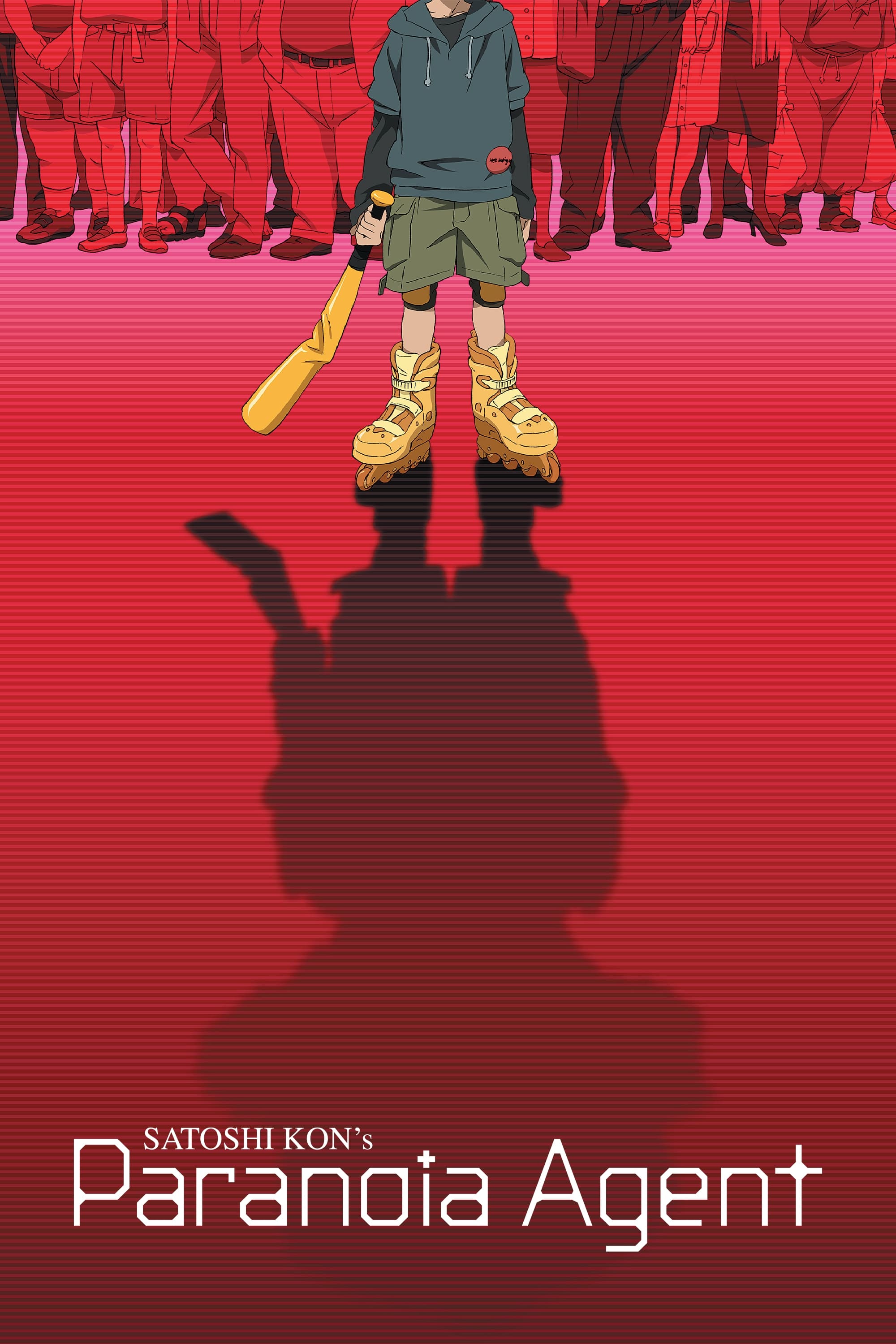
This episode feels like a real behind-the-scenes documentary, showing the making of the ‘Maromi’ anime within the show’s world. It uses techniques like shaky camera work, interviews with the production team, and the stress of tight deadlines to feel like a genuine television production. The story unfolds through footage of the workplace and quick, funny scenes, instead of traditional storytelling. This documentary style actually becomes part of the central mystery, demonstrating how rumors and pressure can change the crew’s perception of what’s happening.
‘Paranoia Agent’ (2004) – ‘Happy Family Planning’

This episode is presented as three interconnected stories, following three strangers who connect on a website for people contemplating suicide and make a darkly humorous agreement. Each story has a unique visual style and mood, but they share common themes and settings. While it doesn’t directly advance the main storyline, the episode expands on the show’s overall mythology through these parallel, short narratives. This structure allows the show to explore feelings of loneliness and disconnection in the city from several different perspectives within a single episode.
‘The Melancholy of Haruhi Suzumiya’ (2006–2009) – ‘Endless Eight’

The story unfolds across eight episodes, each showing a similar summer vacation scene with minor variations – effectively creating a time loop within the show itself. While the scripts remain almost the same, each episode is newly animated, directed, and staged. The feeling of déjà vu is heightened through small changes in camera angles, costumes, and pacing. Viewers initially watched these episodes back-to-back, experiencing the loop in real time, before the story eventually took a different path.
‘The Tatami Galaxy’ (2010) – ‘Parallel Campus Lives, One Choice Each Week’
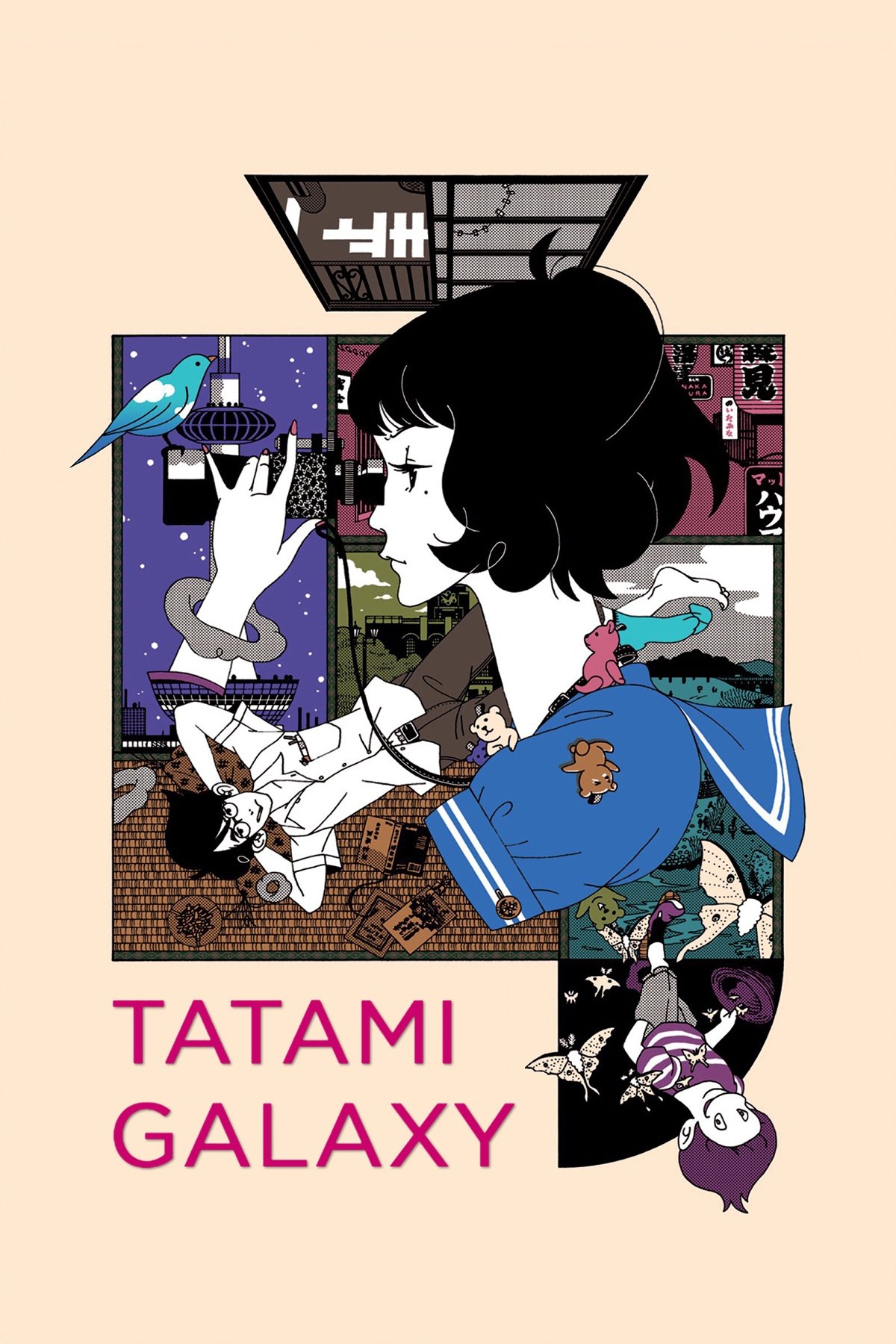
The show cleverly resets the main character’s college experience at the start of each episode, exploring what happens when they join different clubs. We see alternate versions of events told from their perspective, and the same scenes are shown again to emphasize how even small choices can lead to big changes. While the show uses consistent elements like recurring themes and quick voiceovers to maintain a familiar structure, the results are always surprising. Ultimately, the final episode brings all these timelines together, revealing that everything comes down to one key decision.
‘Baccano!’ (2007) – ‘The Vice President Discusses the Meaning of Life…’ (Episode 1)
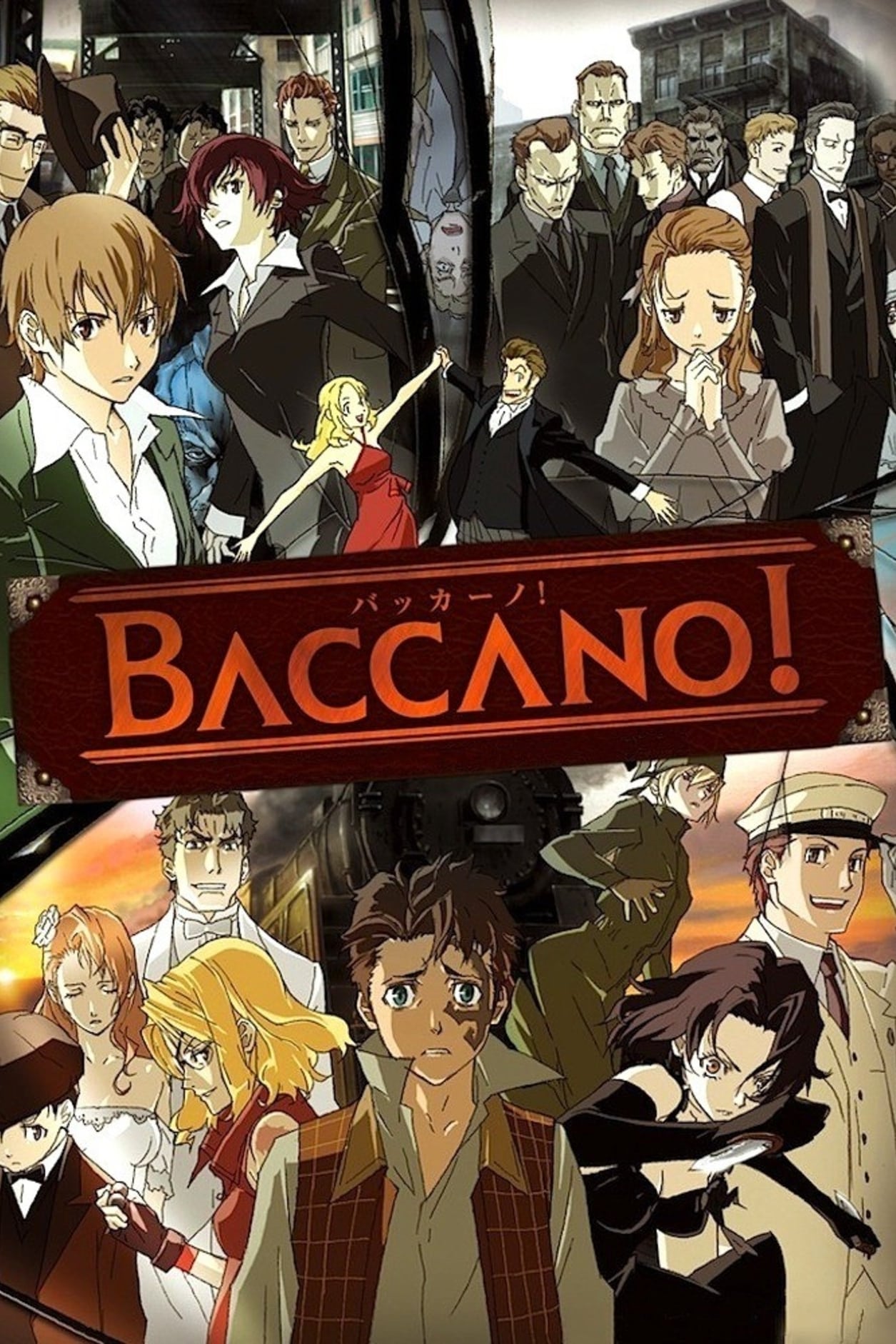
Okay, so the first episode throws you right into the deep end. It’s not a straightforward beginning at all – we’re jumping around in time and place, getting glimpses of things that happen much later. The whole episode feels like they’re debating where the story actually begins, and that becomes how it’s structured. We’re flashing between scenes on a vintage train, gritty New York crime stuff, and some seriously strange alchemical secrets, and everyone gets a name tag on the screen. Honestly, the show doesn’t really tell the story forward; it fills in the backstory piece by piece in later episodes, rather than moving chronologically. It’s a bit disorienting, but definitely intriguing.
‘Durarara!!’ (2010–2016) – ‘Rotating Narrators Per Episode’

Each episode features a different character narrating the story through their thoughts, which influences how the scenes are shown and information is revealed. The show revisits the same events in multiple episodes, adding new layers of meaning with voiceover that changes how we understand what happened before. Clever use of title cards and opening scenes further shifts our perspective, making the city feel like a central character. This approach, with different narrators each time, allows the series to weave together crime stories, local myths, and personal lives without focusing on just one person’s experience.
‘Bakemonogatari’ (2009) – ‘Chapter Cards and Graphic Intertitles’
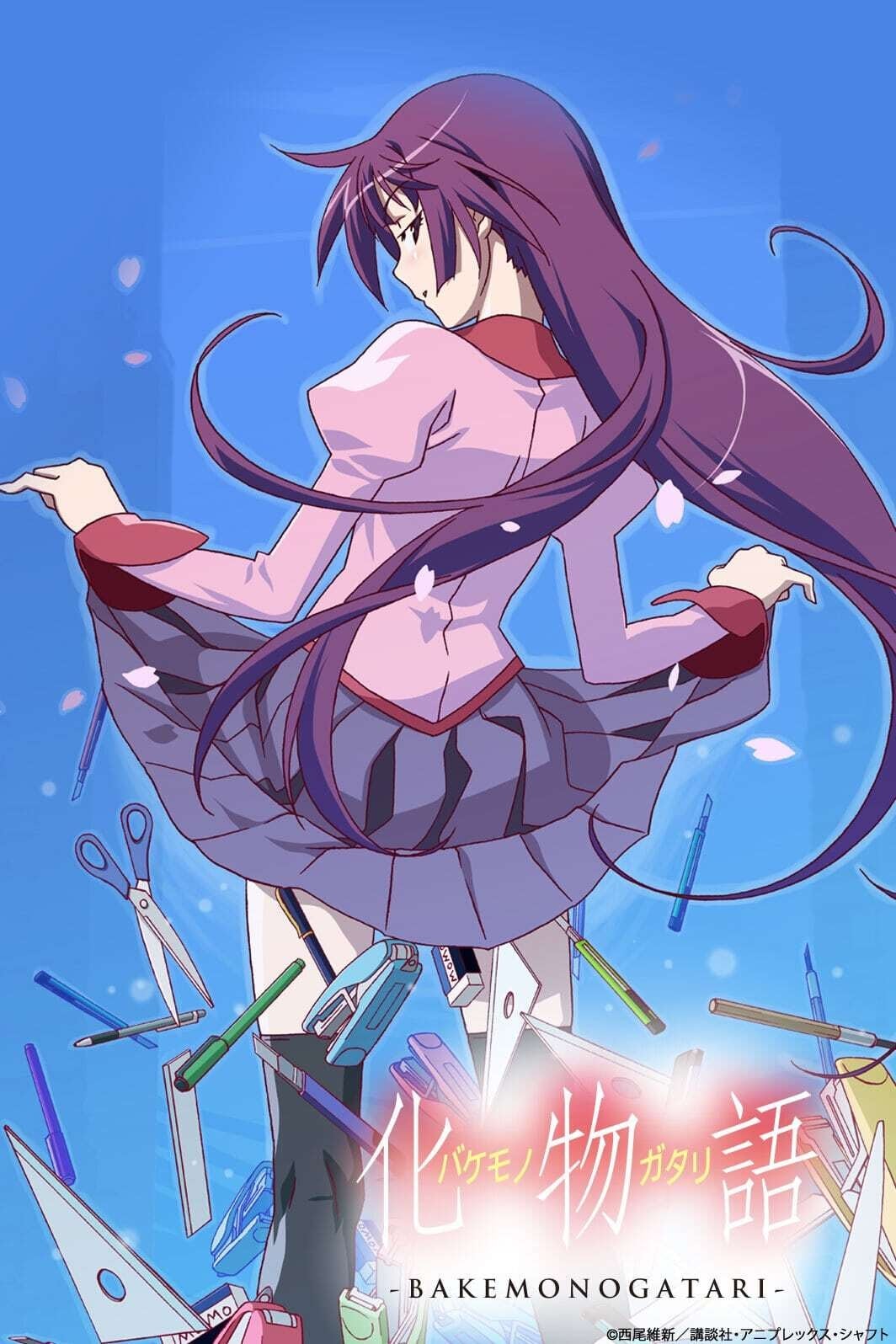
The show uses quick cuts, text overlays, and title cards to move the story forward, often replacing traditional visuals with words to deliver plot details, humor, and a character’s perspective. Conversations unfold on simple sets, with stylish editing and text playing a major role in telling the story. The camera often focuses on artistic shots while text provides important background information. This distinctive, design-focused approach became a hallmark of the ‘Monogatari’ series and continued in later episodes.
‘Samurai Champloo’ (2004–2005) – ‘Baseball Blues’

This episode cleverly uses a full baseball game as a framework to showcase the clash between Edo-period and modern culture. Instead of traditional scene changes, the story unfolds through the game’s structure – player introductions, innings, and exciting plays. Explanations of the rules, the score, and each team’s tactics drive the narrative, while funny visual jokes and anachronisms are perfectly timed with the game’s rhythm. Ultimately, the outcome of the baseball match provides a satisfying conclusion to the episode’s story.
‘Cowboy Bebop’ (1998–1999) – ‘Speak Like a Child’

As a fan, I was totally hooked by this episode! It started with this really intriguing mystery surrounding an old video tape, and it sent the crew on a wild goose chase – they were hitting up pawn shops, digging through dusty old media stores, even dealing with debt collectors! The coolest part? The tape itself turned out to be like a movie within the episode. When they finally played it, the sound just dropped out, letting the recovered footage speak for itself. It completely changed how you looked at everything they’d been searching for! Honestly, the whole episode felt like it was driven by the history of old technology, which was a really clever way to tell the story.
‘Boogiepop Phantom’ (2000) – ‘Overlapping Nights’
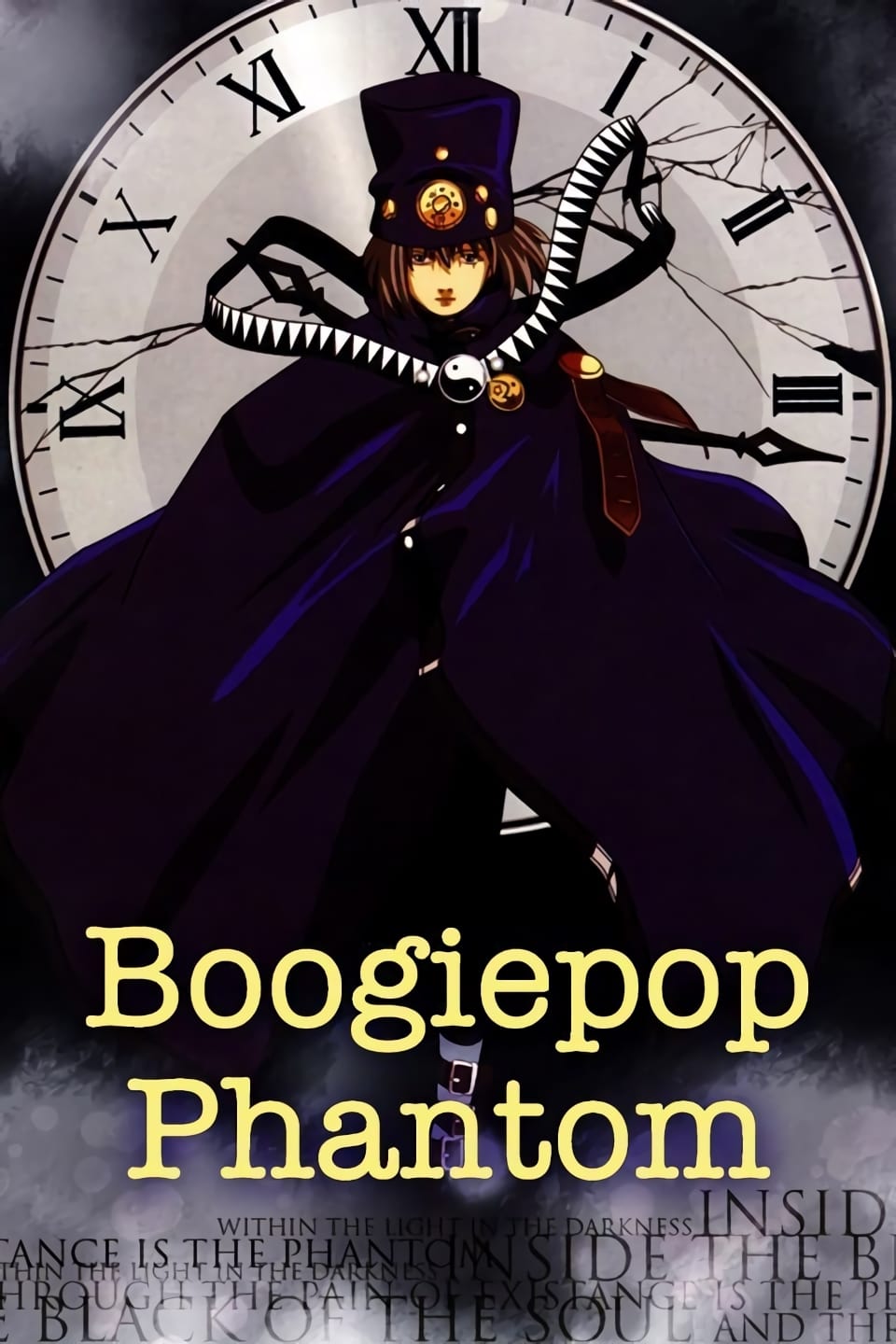
As a movie fan, I was immediately hooked by how this series started. The first episode jumps between different characters’ nights, all circling around the same event. What’s really clever is how later episodes revisit that same night, but show it from totally different perspectives. They use little audio cues and visual patterns – like repeating sounds or lighting – to help you keep track of when things are happening, even though the timeline jumps around. At first, some things seem almost magical, but once you realize how the series is put together – like a mosaic – everything starts to make sense. It’s not about things happening because of other things, it’s more about echoes and repeating themes, which is a really interesting way to tell a story.
‘Serial Experiments Lain’ (1998) – ‘Protocol’

This episode teaches about computer networks by presenting technical terms and standards as titles, much like a textbook. A straightforward, documentary-style voiceover explains these concepts while the story unfolds in short, disconnected scenes. Visual glitches—like static, dropped frames, and on-screen graphics—are used to emphasize key moments. By blending instructional content with a dramatic storyline, the episode highlights the contrast between the digital world and our daily lives.
‘Pop Team Epic’ (2018– ) – ‘Two Casts, Same Episode’

Each episode of the show is broadcast twice in a row. First, it’s performed by a pair of female voice actors, then immediately re-performed by a male duo. The second performance often includes new, spontaneous lines. While the scenes stay the same, the delivery, pacing, and improvisation make each version unique. The show also playfully changes up the beginning and ending segments sometimes, keeping viewers guessing. This repetition isn’t accidental – it’s a central part of the show’s concept, not just a one-time trick.
‘Space Dandy’ (2014) – ‘A World with No Sadness, Baby’
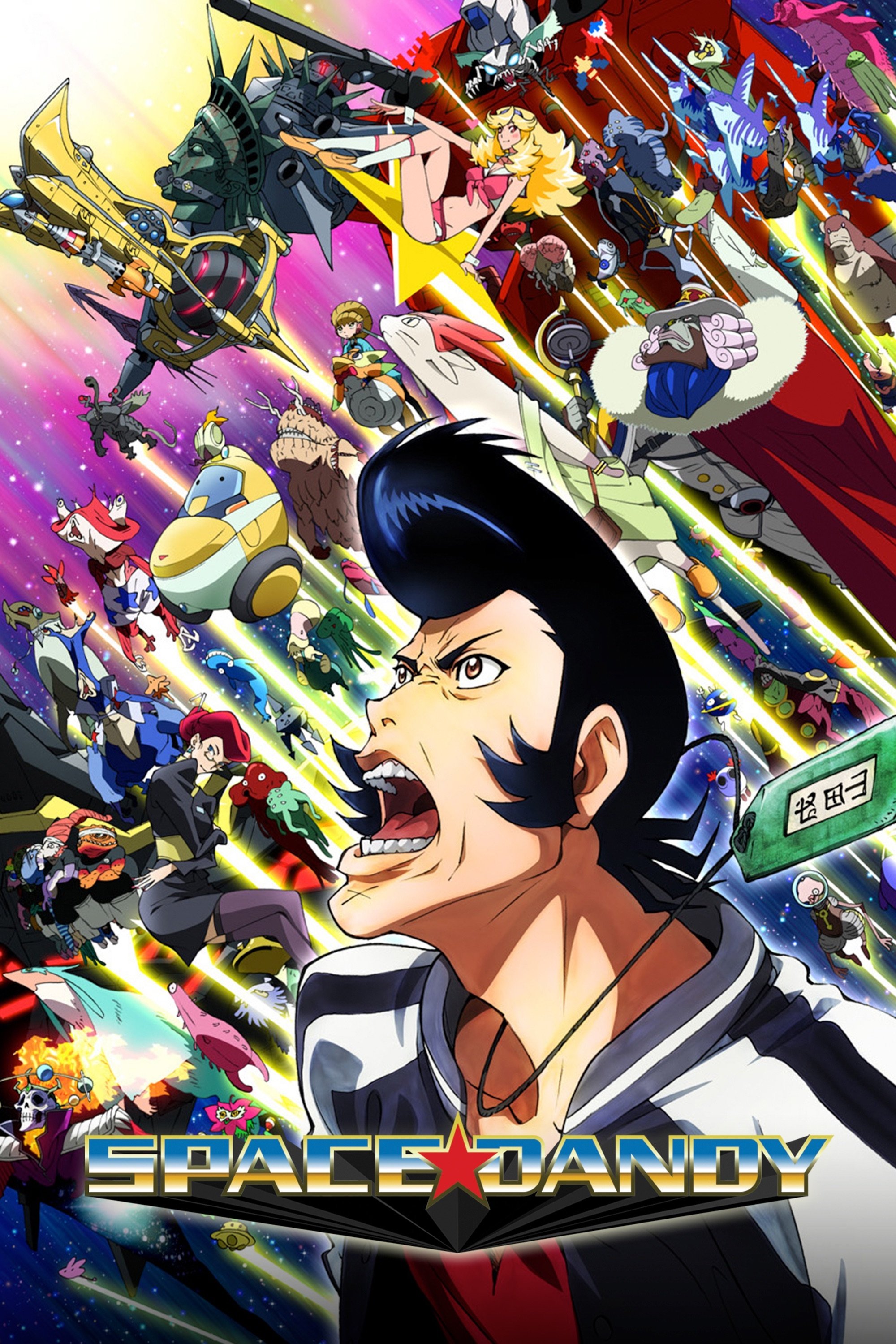
This episode feels like a strange journey into the afterlife, exploring death by reimagining reality with the unpredictable rules of a dream. It jumps between scenes without worrying about location, using music and unexpected visuals to connect them. The story doesn’t follow a normal cause-and-effect pattern, and ultimately ends with a complete reset where nothing is remembered. Because the show is an anthology, this unusual and thought-provoking story works perfectly on its own.
‘Puella Magi Madoka Magica’ (2011) – ‘I Won’t Rely on Anyone Anymore’ (Episode 10)
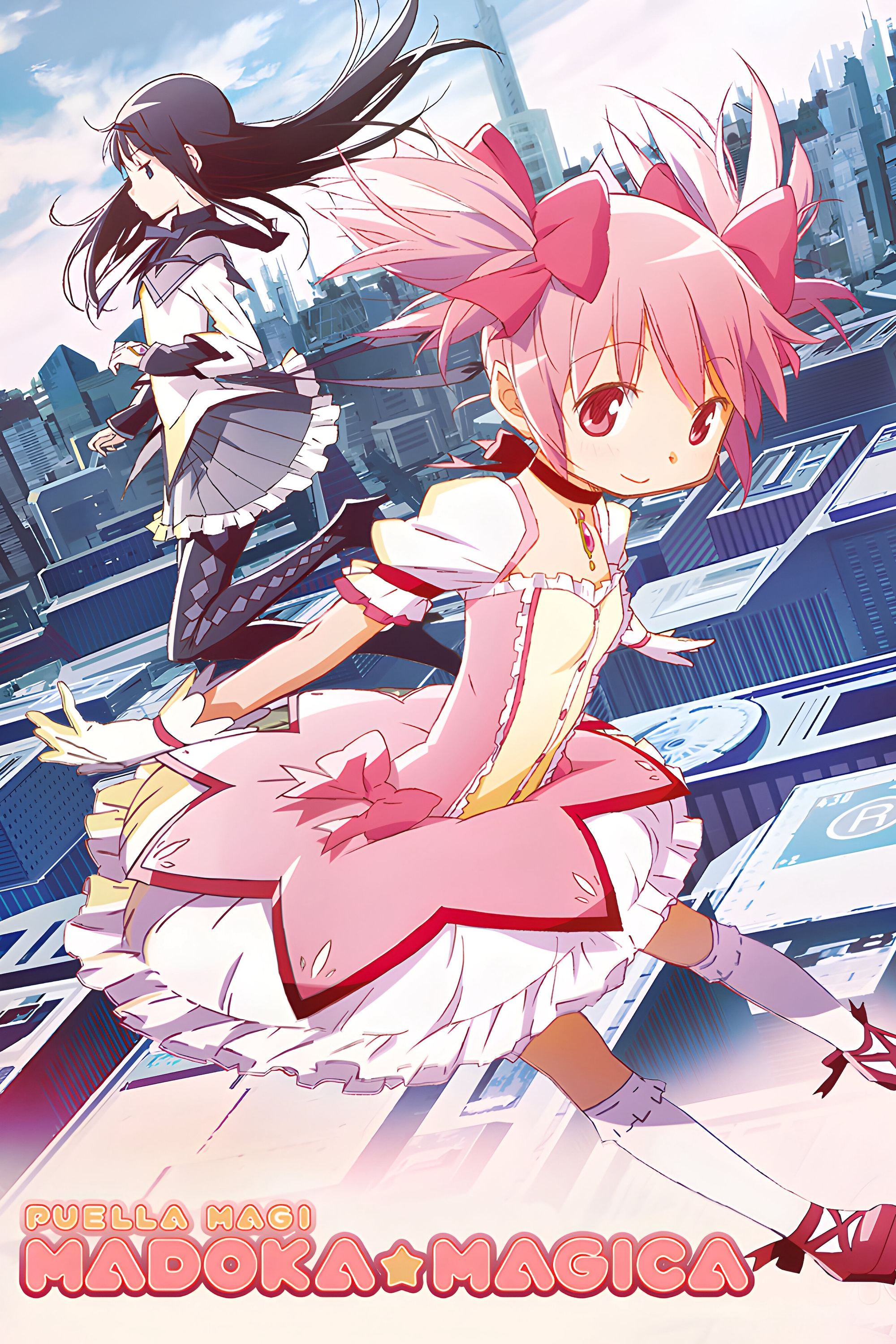
This episode uses flashbacks to reveal why a supporting character acts the way they do and to clarify how events in the series connect. It shows the same events happening multiple times, each with different results and shifting loyalties. Changes in characters’ appearances, injuries, and the state of the city quickly tell viewers which version of events they’re watching. Ultimately, the episode provides logical explanations for mysteries that have been building throughout the series, all tied to the idea of timelines being reset.
‘Higurashi: When They Cry’ (2006–2007) – ‘Arc Resets and Answer Pairs’
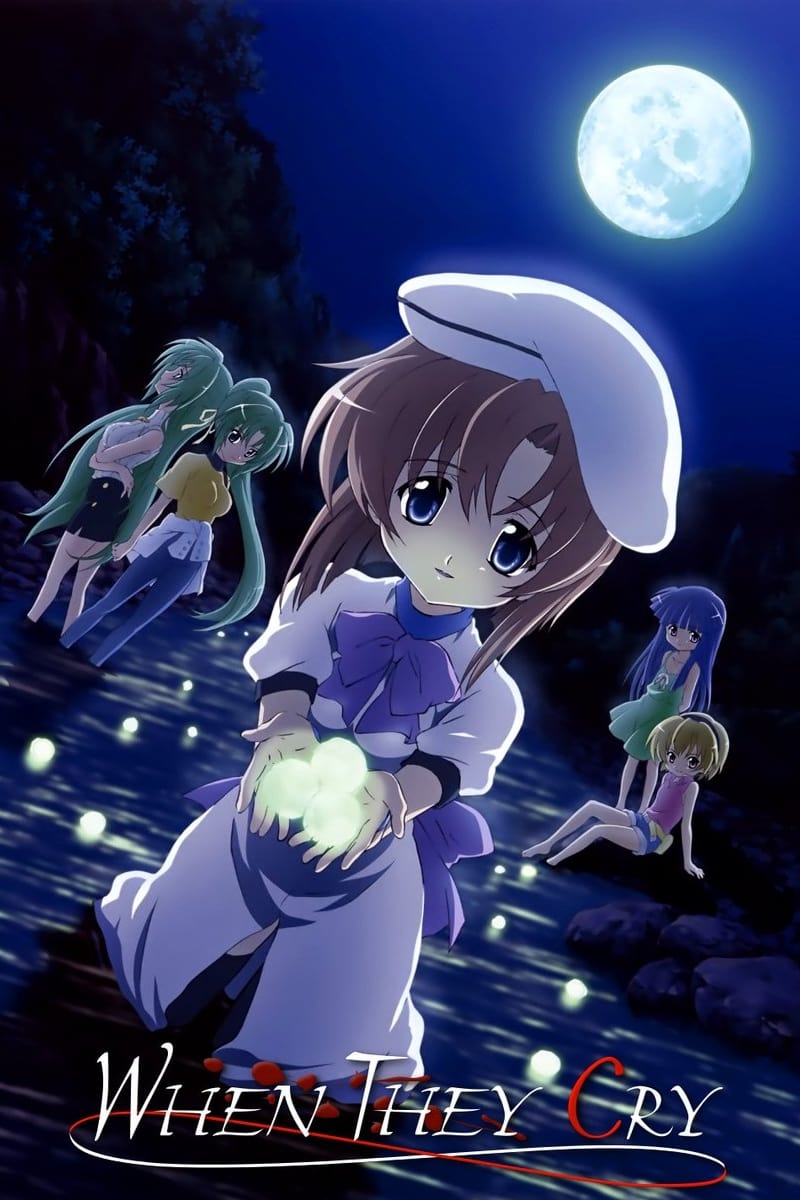
The show is structured around cycles of questions and answers. It presents events, then revisits them with added details. Each cycle ends with a disaster, but the next one begins at the same point in time, with changes made to how things unfold. Hints given early on only make sense once the show’s overall pattern becomes clear. This repeated structure isn’t just for storytelling—it challenges the audience to piece together the puzzle.
‘Mononoke’ (2007) – ‘Bakeneko’ (Final Arc)
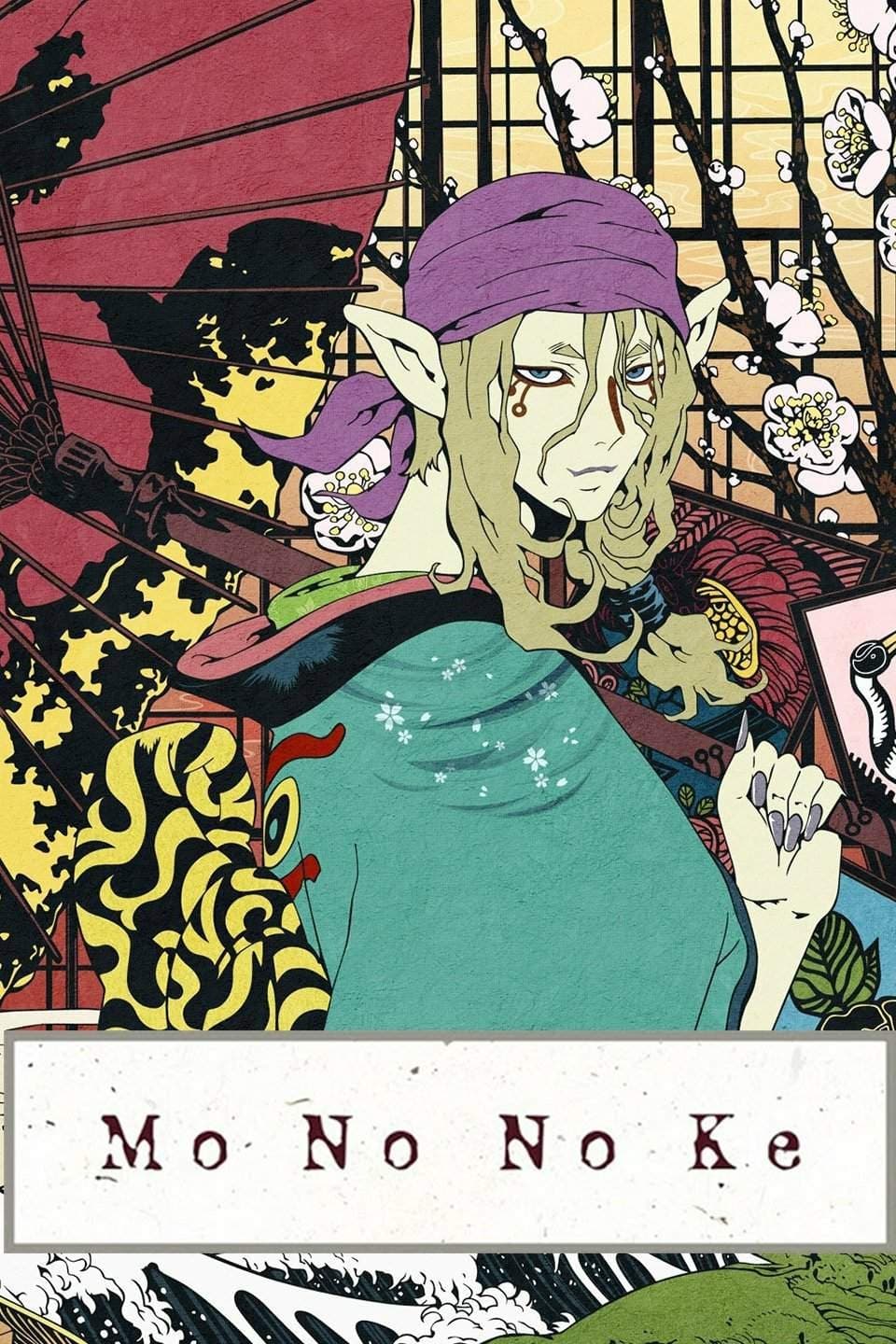
Each episode is broken into sections, much like a traditional play, and often starts with an introduction and ends with a conclusion. The show uses visuals inspired by old Japanese woodblock prints – including backgrounds and how scenes are framed – to reveal new information, similar to how sets change on a stage. The Medicine Seller follows a set pattern with each story, asking about form, truth, and reason. This structured, chapter-like approach sets it apart from typical shows where each episode features a different monster or problem.
‘Kaiba’ (2008) – ‘The Body-Swap Memory Tour’

Okay, so this episode is seriously cool. It follows a character bouncing between different bodies – sometimes they’re renting them, other times…not so legally. It’s used as a way to move the story forward, like each new body is a new scene. They use memory chips as actual objects, and touching one instantly throws you into a flashback or shows you things from that person’s perspective. The best part? It’s all done visually – no clunky explanations needed. The whole thing feels like the director is treating memory as editing, cutting between lives like quick cuts in a film. It’s a really inventive way to tell a story.
‘ODDTAXI’ (2021) – ‘Tanaka’s Revolution’

This episode tells a story almost entirely through the eyes of a side character who becomes increasingly obsessed with a mobile game. The narrative unfolds through things like social media posts, in-game purchases, and delivery records, marking the passage of time and key moments. The story moves forward from a childhood event to a current-day showdown, focusing solely on this character’s experience and never returning to the other characters. By showing everything from one person’s point of view, the episode makes us see past events in a completely new light, connecting them in a different way.
‘Nichijou: My Ordinary Life’ (2011) – ‘Segmented Sketch Blocks’
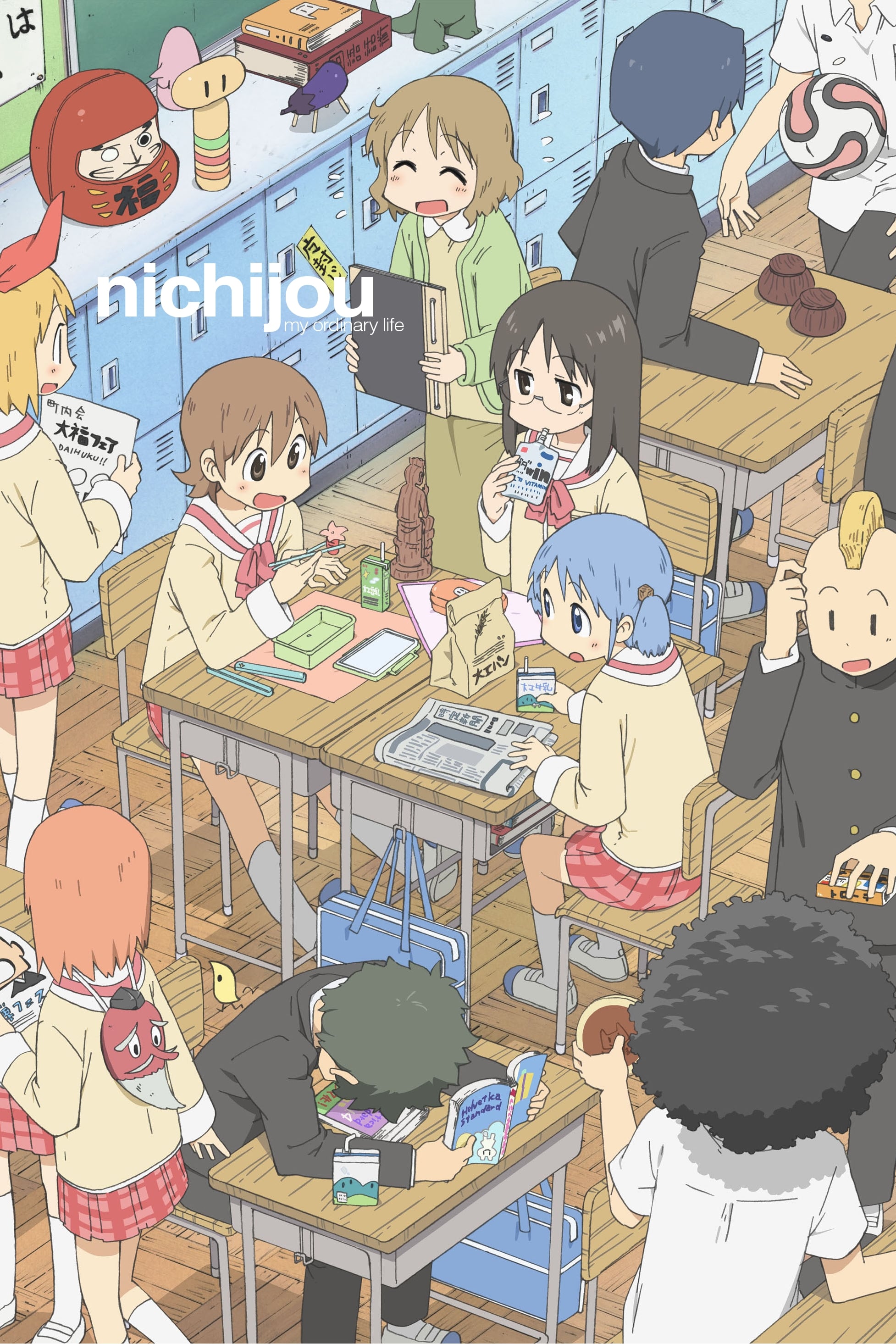
Each episode is made up of several short, titled segments, all starting with a quick opening, a visual break, and a funny punchline. Regular bits – like a funny school principal or a parody of a variety show – appear in different places each week. Music and on-screen text help connect these separate jokes, making the episode feel like a cohesive whole. This structure is more like a collection of sketches, similar to how a magazine puts together different articles, rather than telling one continuous story.
‘Kino’s Journey’ (2003) – ‘Country-of-the-Week Parables’

Each episode feels like a short, independent travel story, showcasing a different country, its unique traditions, and a thought-provoking problem. The story begins and ends with narration that feels like personal diary entries, and the focus is on ideas rather than action. Instead of dramatic showdowns, the episodes gently lead to answers and reflections. The episode titles and introductory lines hint at the moral lesson you’ll encounter.
‘Excel Saga’ (1999–2000) – ‘Going Too Far’ (Unaired Episode 26)
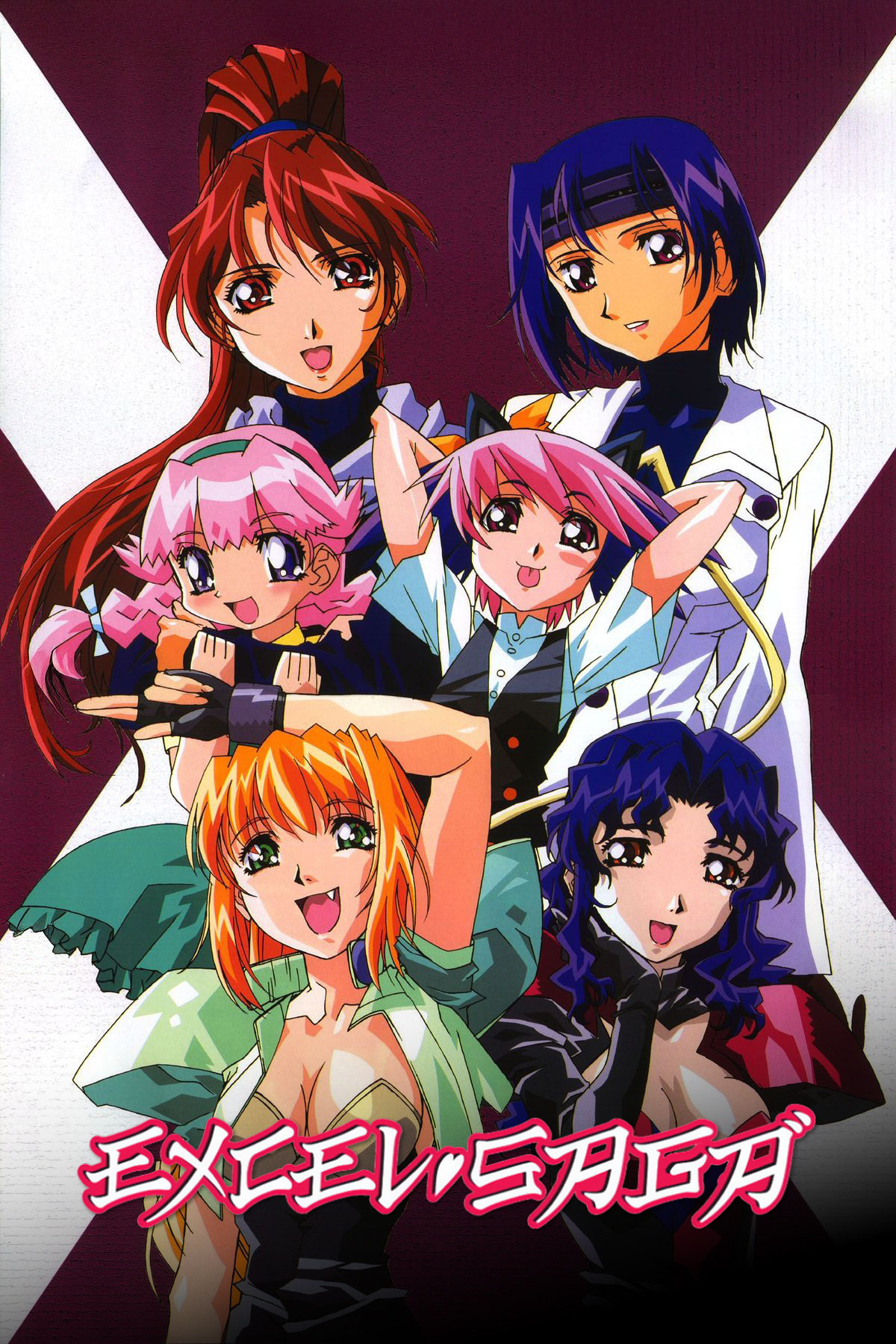
The episode’s original finale was considered too edgy for television and couldn’t be aired at first. It playfully mocked late-night TV specials by pushing boundaries with violence, suggestive humor, and direct addresses to the audience – going further than usual. The episode even acknowledged the network’s rules as part of the story. When it was eventually released, it was presented as a special to maintain its commentary on those broadcast limitations.
‘Hyouka’ (2012) – ‘Wild Fire’
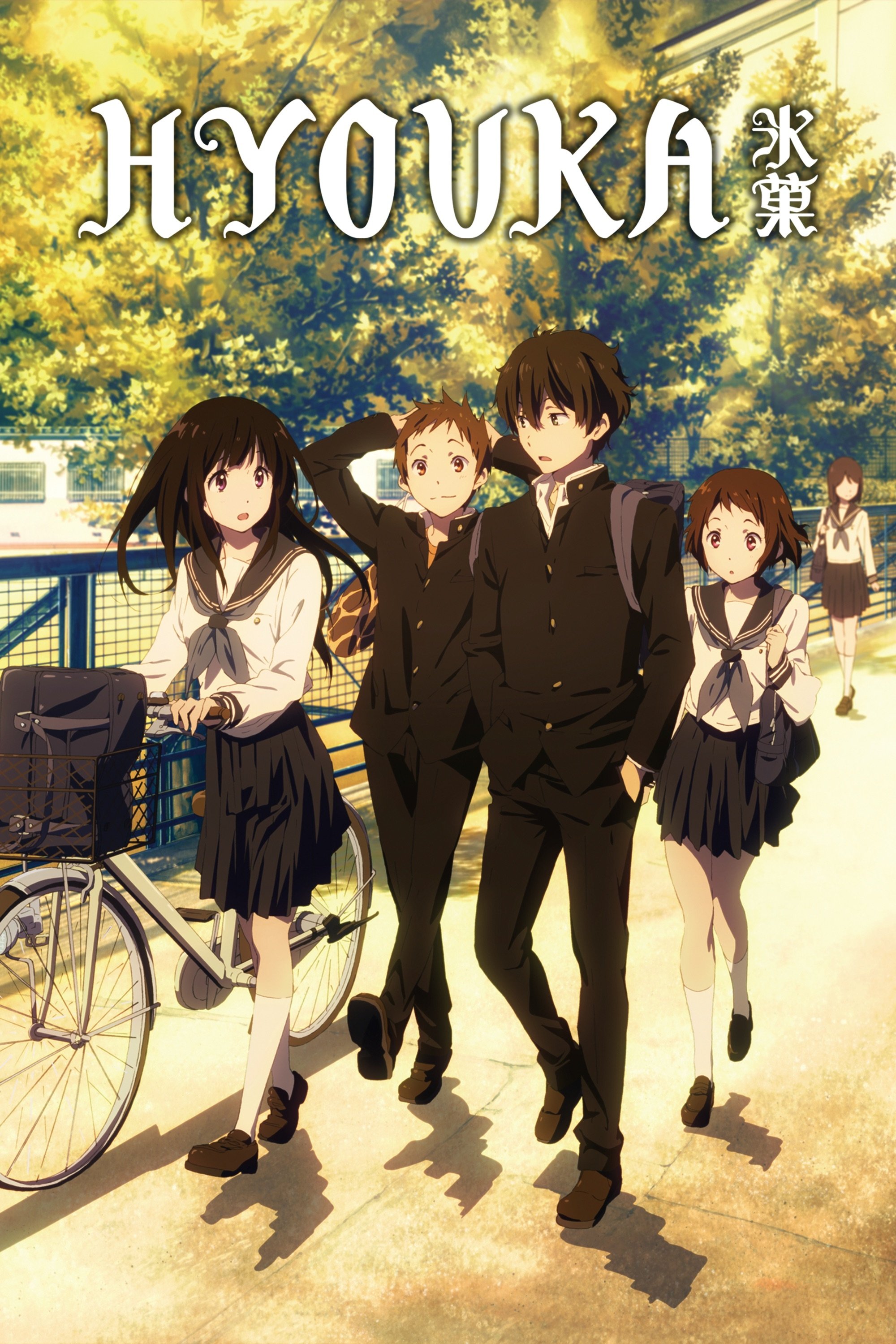
This episode is structured like a live cooking competition, building tension with ticking clocks, surprise ingredients, and the judges’ immediate feedback. Instead of a mystery to solve, the personalities of the contestants come through in how they work and handle challenges under pressure. The cameras emphasize the speed and steps involved, making it feel like a real-time event. Everything – the drama and the outcome – happens right there in the festival kitchen.
‘Keep Your Hands Off Eizouken!’ (2020) – ‘The Grand Shibahama Festival’
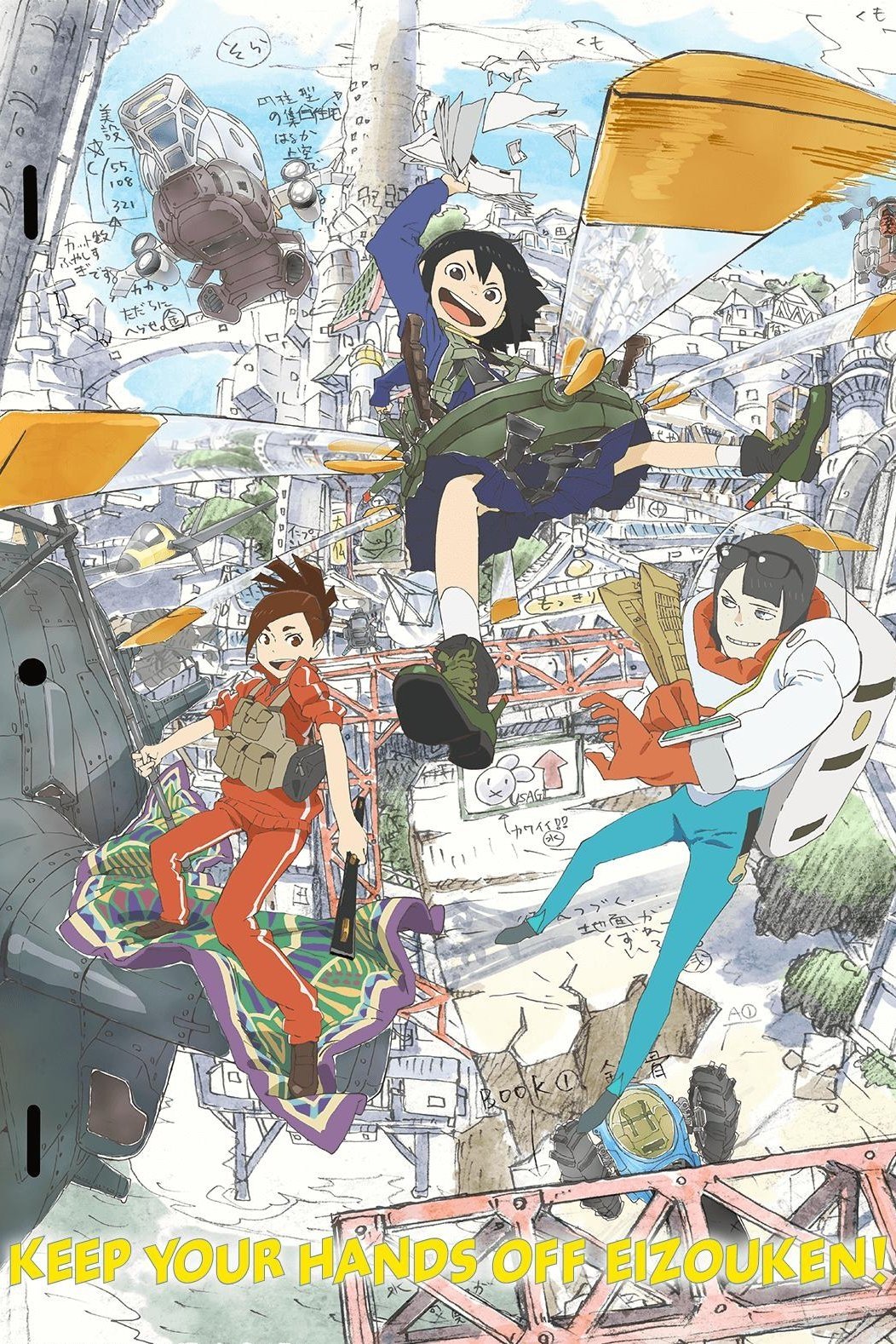
This episode cleverly blends scenes from the anime the girls are making with the actual process of creating it. We see their initial sketches and storyboards develop into finished scenes right as they discuss them. Things like meeting notes, budget planning, and scouting locations aren’t just part of their work – they become the transitions between scenes. Essentially, the episode’s structure mirrors the steps of a student anime production, and that’s what drives the story forward.
‘Devilman Crybaby’ (2018) – ‘Viral World’

The episode gains energy through a fast-paced mix of social media posts, shaky camera footage, and quick news reports, showing how quickly panic spreads. Characters frequently break into rap battles that act like a traditional chorus, offering commentary between scenes. The editing focuses on how public opinion changes rapidly, rather than simply moving the story from place to place. This constant stream of media connects what the characters do to the speed of rumors online.
‘Kaguya-sama: Love Is War’ (2019–2022) – ‘Chapters with an Omniscient Narrator’

The show is divided into chapters, each with a title and feeling like a separate psychological battle. An all-knowing narrator guides us through each chapter, explaining the rules, what’s at stake, and who wins, which gives it a feel similar to a game show. Short visual breaks appear between chapters, but help maintain a sense of continuity throughout the season. This structure closely follows the original manga’s style of having many short chapters.
Did we leave out your favorite structural experiment? Let us know in the comments which episode you thought pushed the boundaries the most!
Read More
- The Unexpected Triumph of Novo Nordisk: A Dividend Hunter’s Delight
- Gold Rate Forecast
- Top 20 Hilarious Conservative Comedians Ever, Ranked
- Группа Астра акции прогноз. Цена ASTR
- Сегежа акции прогноз. Цена SGZH
- Sadie Sink Spotted on the Set of ‘Spider-Man: Brand New Day’ for the First Time
- Most Famous Jackies in the World
- Robert Kirkman Launching Transformers, G.I. Joe Animated Universe With Adult ‘Energon’ Series
- TIA PREDICTION. TIA cryptocurrency
- AAVE PREDICTION. AAVE cryptocurrency
2025-11-04 10:53